Mint has a bad reputation for taking over the garden, for good reason. But, there are many reasons to grow mint in your backyard without fear!
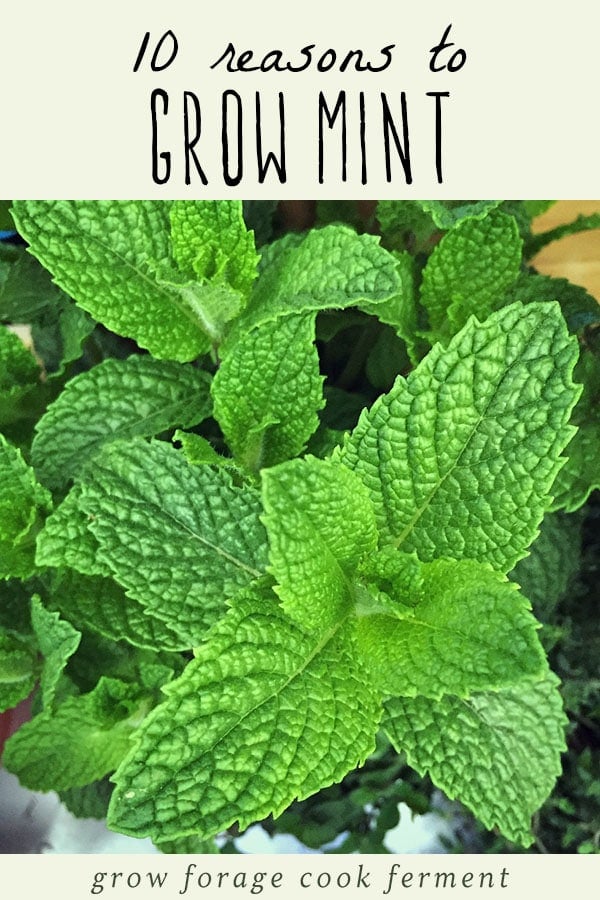
Want to save this post for later?
Healing Kitchen Herbs eBook
Did you know that most of the herbs you use in your kitchen also have medicinal uses?
My eBook Healing Kitchen Herbs: 12 Common Herbs with Powerful Medicinal Benefits will teach you how to grow and use these amazing herbs. You’ll learn the benefits of each plant and how to maximize their herbal power in your kitchen!
Here are some tips for growing and using mint:
Even though mint is a highly beneficial plant, due to its spreading nature, many of us opt to just go without it all together.
The problem with doing this is that the mint wins.
Seriously, though. We humans are definitely smart enough to outwit the mint, making it possible to enjoy all of its benefits.
Mint is a tasty plant, and there are all kinds of delicious recipes that use mint. Mint is also a powerful medicinal herb.
There are many different varieties of mint such as peppermint, spearmint, chocolate mint, and apple mint, all with similar growing habits.
There are also other plants that are in the mint family that grow with abandon such as lemon balm, bee balm, and catnip that can be included in this discussion as well.
Don’t fear growing mint in your garden! Here’s why.
Mint Can Only Move So Fast
The truth of the matter is that mint is a plant, and while it can and will most definitely spread, it takes some time for this to happen.
I would steer clear of planting mint in or anywhere near your regular garden beds, as it will eventually try to take over.
It’s a great plant for a rocky herb garden, a neglected corner of your yard, or a high traffic area.
This is a mint plant that is just starting to spread after one year in the ground.
Mint will spread from its underground roots, and can cover great distances and go under obstacles to get to where it wants to go, so keep that in mind when planting.
But, this won’t happen overnight, although it may sometimes seem like it. Just keep a close eye on it and harvest any new plants that you don’t want.
Mint Can Be Contained
Probably the best way to grow mint is in a container. This will ensure that it will stay where you want it, without any worry of garden takeover.
If grown in a pot, it tends to get a little sparse and scraggly looking after a couple of years. It never seems to do as well as mint grown in the ground, probably because it really doesn’t like being contained!
Since the rhizomes that cause the mint to spread don’t go very deep, it’s also possible to plant mint in a raised bed without worrying too much about it jumping ship.
It will try and take over the raised bed, however, so make sure to plant other things that can keep up with it.
Other hardy perennial herbs like rosemary, sage, oregano, and thyme can usually tolerate the aggressive nature of mint, especially if they are already established.
You Can Take as Much Mint as You Please (& then some)
The best part about growing a plant that is as aggressive as mint is that you can be just as aggressive back at it without worry of harming it. You can cut handfuls of mint at a time without any damage done.
See a mint plant that is growing where you don’t want it? Chop it down or pull it out and turn it into something delicious. Or cut large bundles of mint and hang to dry for use in the winter months.
Mint Grows Well in the Shade
If there is a shady area of your yard that you have trouble growing things in, try planting mint. While it prefers full sun, it can tolerate some shade, and it will probably keep it from spreading as quickly.
Regardless, I would still take the necessary precautions so that you don’t get a complete mint takeover (unless that’s what you want, of course).
Mint Can Grow from Cuttings
Mint is super easy to propagate from cuttings and will readily re-root itself. You can cut out mint where you don’t want it, put it in water until it grows some roots, then transplant it where you do want it.
In fact, you don’t even have to put it in water first as it will root right in soil. Do it as a science experiment with your kids, or root a bunch of cuttings, pot them up, and give away to friends.
Mint is the gift that keeps on giving (and giving)!
You Can Completely Ignore Mint (& it won’t feel bad)
Let your mint grow and do its thing, then take from it as much as you want, and it will still thrive. Don’t worry about watering or fertilizing it. Really, it will grow without any inputs.
Unless you’re trying to naturally thin it out, it may like a little water from time to time, but it will honestly be okay if you literally ignore it for months on end.
Mint is a great plant for lazy gardeners!
Mint Attracts Beneficial Insects (& Repels the Bad Ones)
Let your mint go to flower and it will attract bees, beneficial wasps, hoverflies (aphid eaters), and tachinid flies (parasitic on nasty bugs).
The smell of the mint plant will also repel houseflies, cabbage moths, ants, aphids, squash bugs, fleas, mosquitoes, and even mice. Not a bad deal, if you ask me!
Mint is Good for Your Pets
Chickens love fresh herbs and mint is no exception. The best part is that it’s also great for them and their coop. It keeps bugs, flies, and parasites at bay, as well as being an antioxidant and digestive aid for your flock.
Be sure to plant lots of mint (as well as other herbs) in and around the coop and run for chickens to nibble on daily.
Mint is also great for cats and dogs. Catnip is actually in the mint family, and is a favorite herb for kitties as well as humans.
While cats and dogs probably shouldn’t eat a whole lot of mint in one sitting, a little bit is great for them. It is a natural flea repellent, and I often see Cosmo the kitty rubbing up against the mint plant.
Mint is Good Food
Of course, mint is an awesome culinary herb! Cut it from the garden with abandon to make all kinds of delicious mint recipes. I particularly like to make tea with it, hot or iced!
Check out my very favorite teapot for making herbal tea here.
Turn it into mint pesto or add it to your favorite homemade cookies, brownies, or this decadent sounding fresh mint cake with with dark chocolate mint frosting.
Get creative and make mint infused honey, a gallon of mint wine, or chocolate mint extract.
This rhubarb mint jam sounds delicious, so does this traditional mint sauce for lamb. You can also just simply chop it up and add to salads or use it as a garnish.
Have a mint julep, mojito party, or raspberry mint infused wine, you deserve it!
See my post on 80+ Mint Recipes for more great ideas on how to use your mint!
Mint is Good Medicine
Mint is also an amazing medicinal herb. It is well known as a digestive aid and breath freshener, and is also good for an upset stomach.
Peppermint is especially great for headaches, and the essential oil can be rubbed on the temples for relief.
It can be helpful for seasonal allergies, and can also be added to body care products like salves and lip balms, soaps, shampoo bars, and lotions.
If you’re interested in learning more about herbal medicine, check out the awesome online courses from the Herbal Academy!
Still too scared to grow mint but want to enjoy all of its benefits? Order high quality, organic dried peppermint or spearmint from Mountain Rose Herbs (my favorite place to get organic dried herbs).
I hope this post has inspired you and given you some reasons to grow mint! It really is a versatile plant that we should not fear having in our yards. Here are some other great posts on how to use up lots of mint:
- 12 Great Ways to Use Mint and Tips for Growing It
- Preserving Mint for Food and Medicine
- More Mint Ideas
- Got Mint?
Do you grow mint in your garden? What is your favorite way to use it?



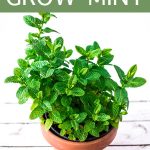

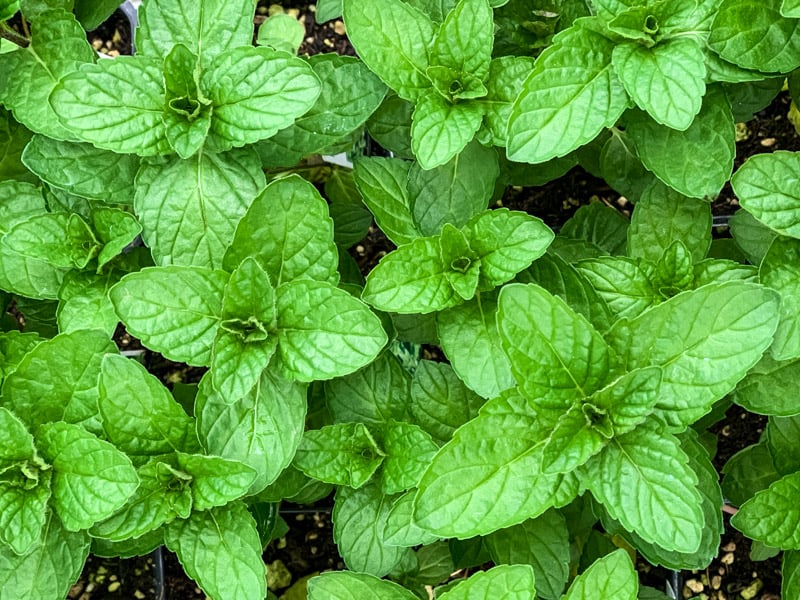
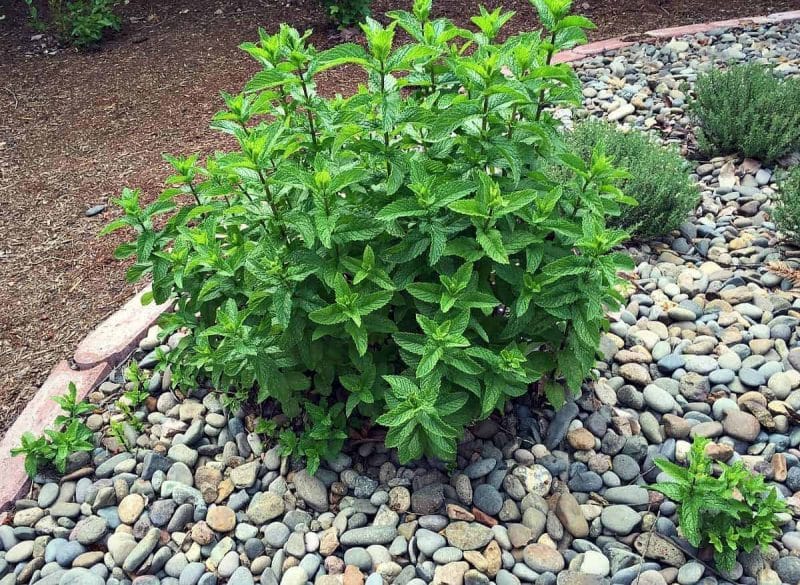
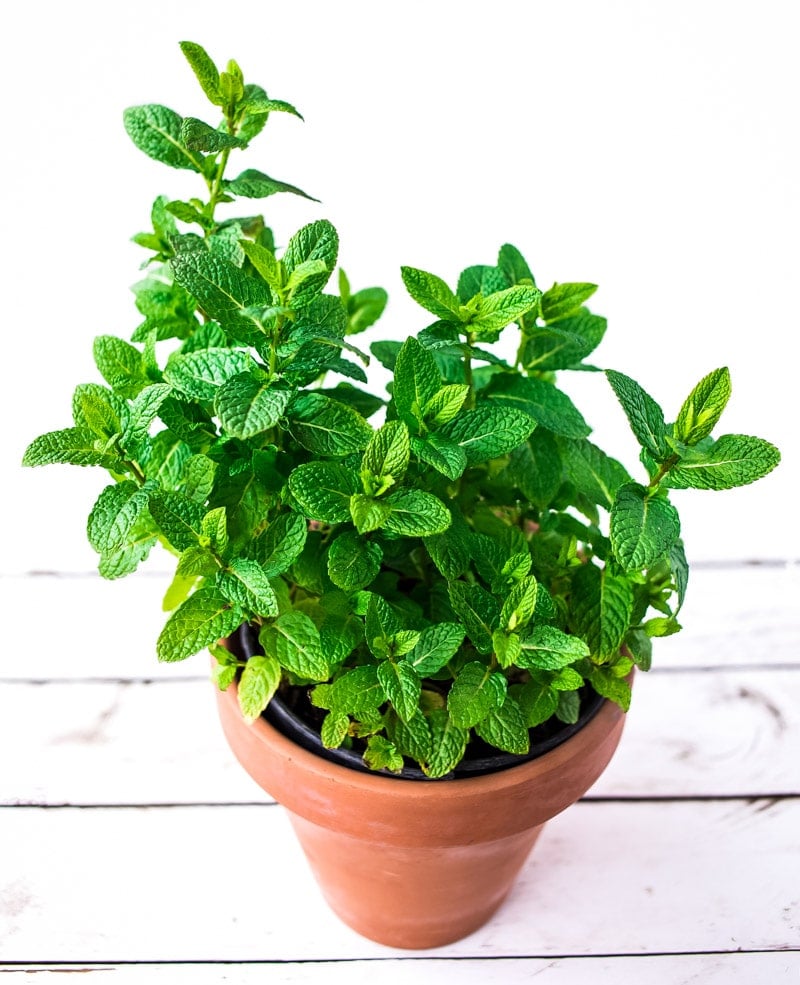
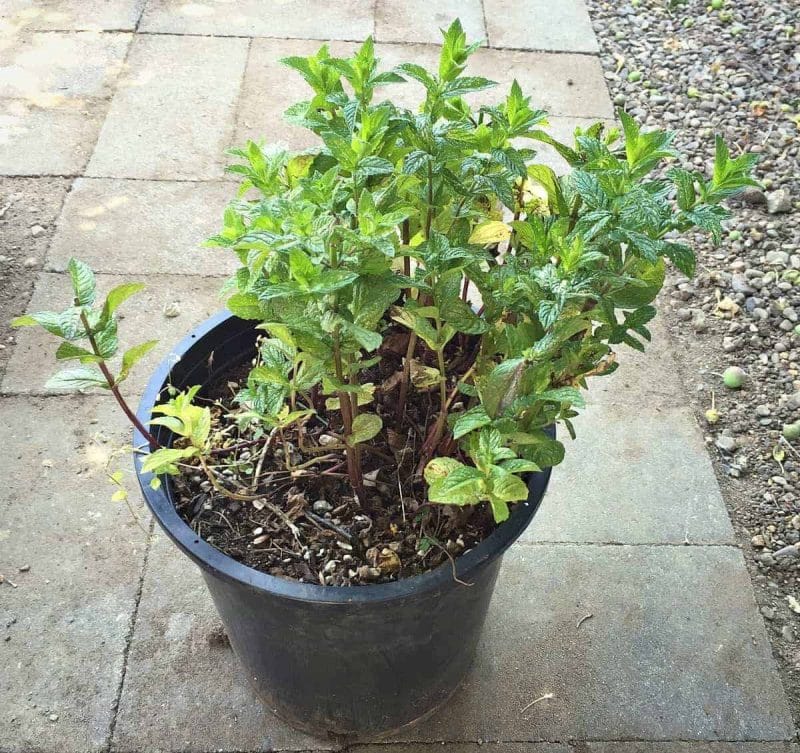
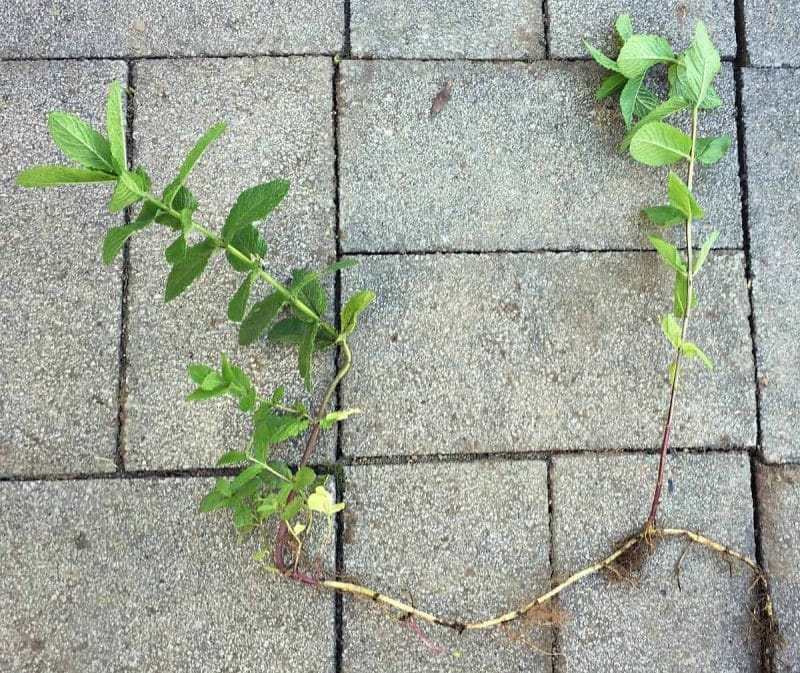
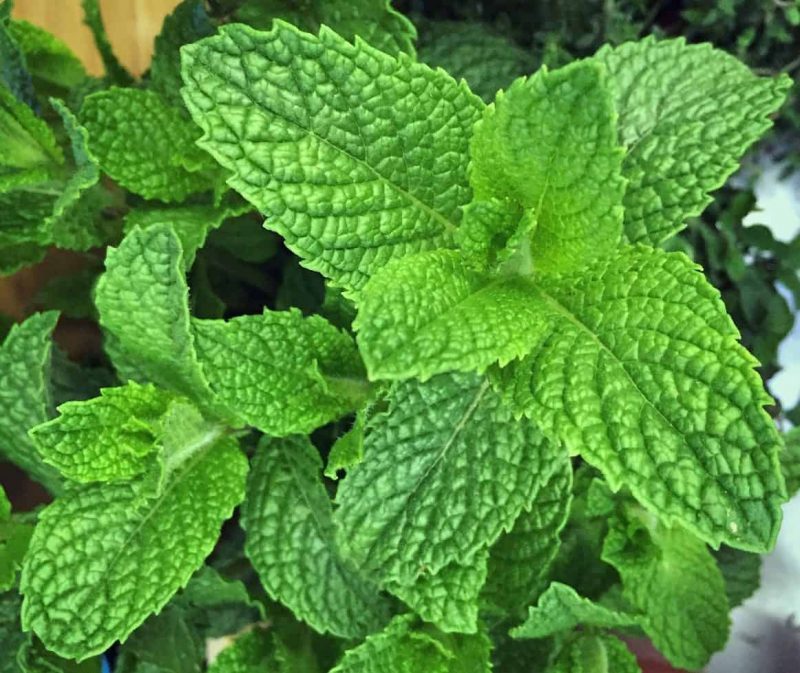
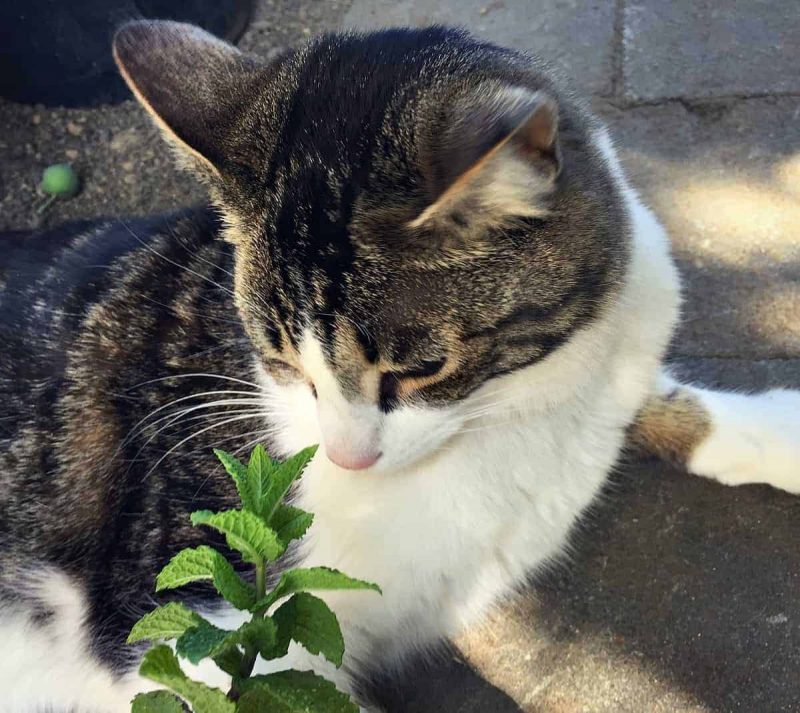
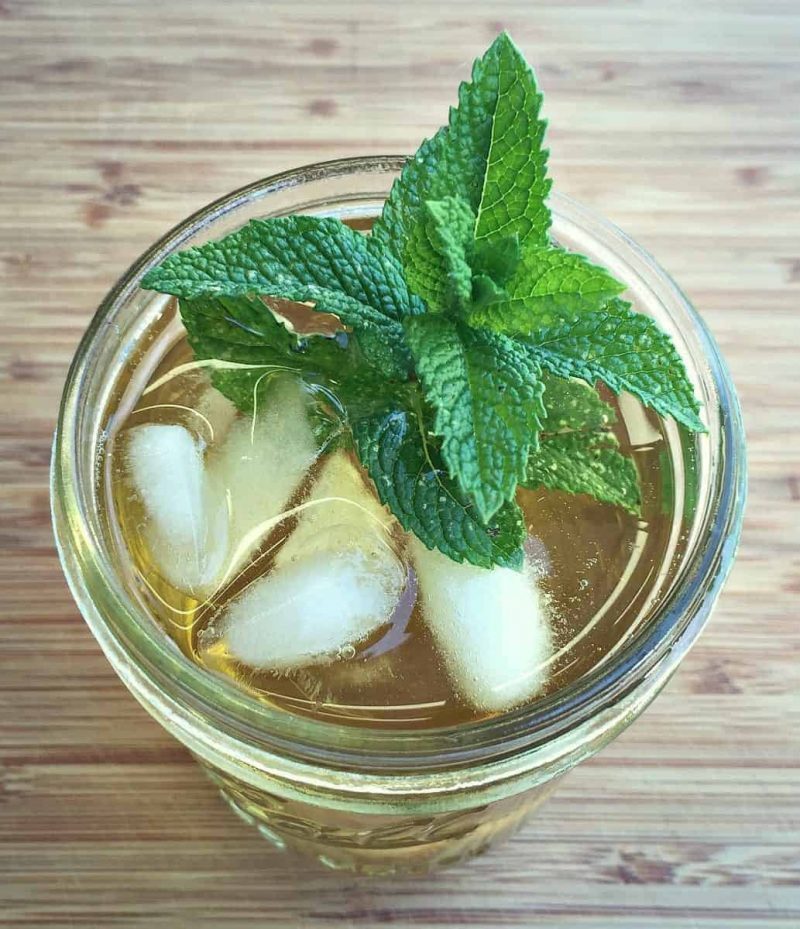
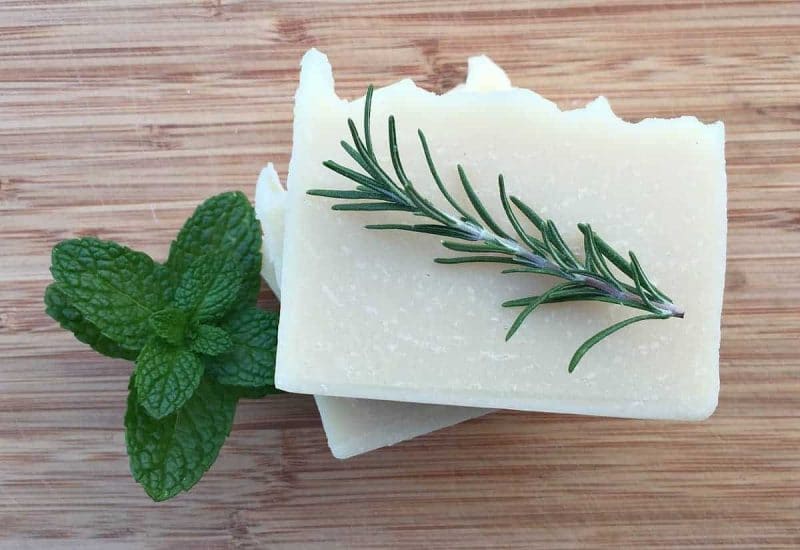

I had an amazing drink in Egypt this year….lemon juice w/ mint. it turned out to be lemonade w/ A LOT of mint, the drink was all green and it was super amazing and refreshing! I’m looking forward to my mint to grow along w/ my myer lemon harvest this year!
That sounds amazing!!
I started with a small Spearmint plant, but in no time at all it covered a 6′ area of my yard. When I went on vacation, I picked a bouquet of spearmint for every room and closet in my home. When I got home, mmmm, did my house smell good! Also, prevents mice and spiders.
I grow tons of catnip. Had my grapevines completely chewed down by shrews and grandma told me to plant catnip with my grapes, that was 40 plus years ago and no more problems. I also use it to make insect repellant for us and horses. Won’t grow any other mint because of cross pollination. It is a great pollinators plant and attracts beneficial insect that keeps my broccoli and cole crops free of worms. Never noticed spiders, but spiders are also good predators of pest insect eggs.
This was a great tip! I have catnip and will start planting it in more places. Thank you for sharing!